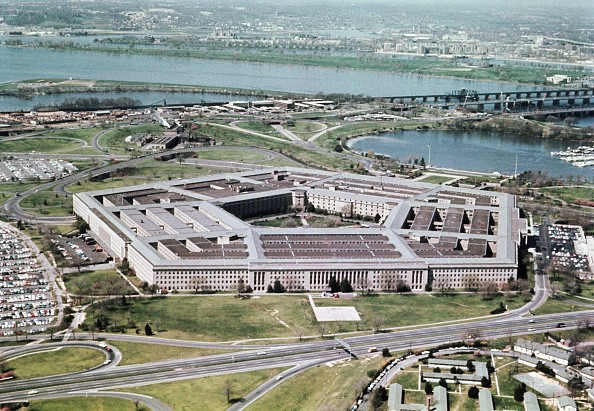Three hypersonic weapon component prototypes were successfully tested by the US Army and Navy on Wednesday. However, the United States has lost ground in the race to develop hypersonic weapons with China and Russia.

Navy-Designed Missile Hypersonic Missile Tailored To Be Launched From Sea or Land
In a recently published article in MSN News, the experiments were carried out at NASA's Wallops Flight Facility in Virginia by the Sandia National Laboratory. According to the Navy's announcement, the findings of the three precise sounding rocket launches will guide the development of the Navy's Conventional Prompt Attack (CPS) and the Army's Long Range Hypersonic Weapon (LRHW) offensive hypersonic strike.
This is a stage in the development of a Navy-designed hypersonic missile that comprises a Common-Hypersonic Glide Body and booster that can be fired from either the sea or the land. Delivering hypersonic weapons is described as one of the Department of Defense's top objectives in the Navy's statement.
Meanwhile, President Joe Biden expressed worry about China's hypersonic weapons capability the same day the test took place. Chinese military authorities reportedly denied testing a nuclear-capable hypersonic missile earlier this year, according to a published article in Reuters.
Pentagon Unable To Test the Hypersonic Glide Body
The test of the projectile, the hypersonic glide body, was halted due to the failure of a booster stack, which is the rocket used to propel the projectile to hypersonic speeds. The Pentagon was unable to test the hypersonic glide body, which was a critical component in developing a hypersonic weapon since the rocket failed.
Officials have begun an investigation into the reason for the rocket failure, which occurred on Thursday at the Pacific Spaceport Complex in Kodiak, Alaska. A Pentagon spokesperson, Lt. Cdr. Tim Gorman, said that successful and failed trials and testing are the backbones of creating extremely complex, essential technologies at breakneck speed, as the department is doing with hypersonic technology.
In a published article in CNN News, the Pentagon has prioritized the development of hypersonic weapons, especially because China and Russia are working on their own versions. Following a failed test in April, the failure is another setback for the US endeavor, coming just days after China successfully tested a hypersonic glide vehicle.
China Successfully Tests Hypersonic Glide
China successfully tested a hypersonic glide vehicle capable of delivering a nuclear bomb over the weekend, according to CBS News. The glide vehicle was launched from an orbital bombardment system, according to them. China, however, disputed the story on Monday, claiming that the test was just a "regular spacecraft experiment."
Defense experts are particularly worried about China developing hypersonic weapons because they might allow Beijing to launch an assault over the South Pole while avoiding US missile defenses, which are mostly aimed at missiles approaching from the North Pole.
Despite this, the Pentagon claims it is on pace to deploy offensive hypersonic weapons in the early 2020s, a timetable that seems more pressing given the Russian and Chinese demonstrations of hypersonic technology.








